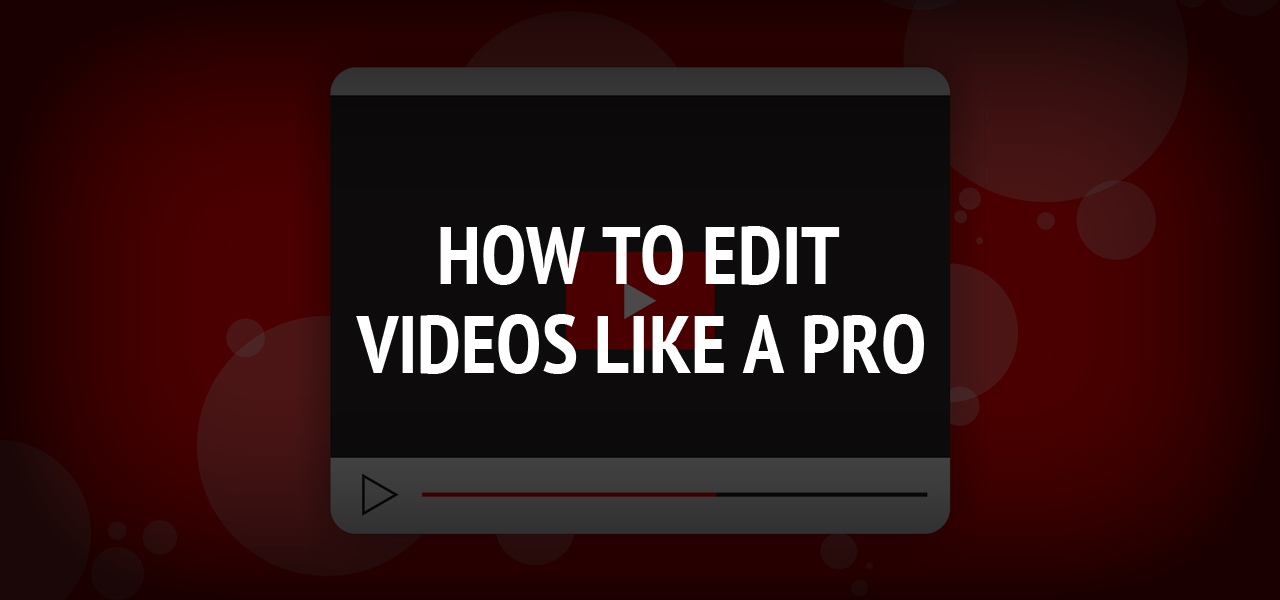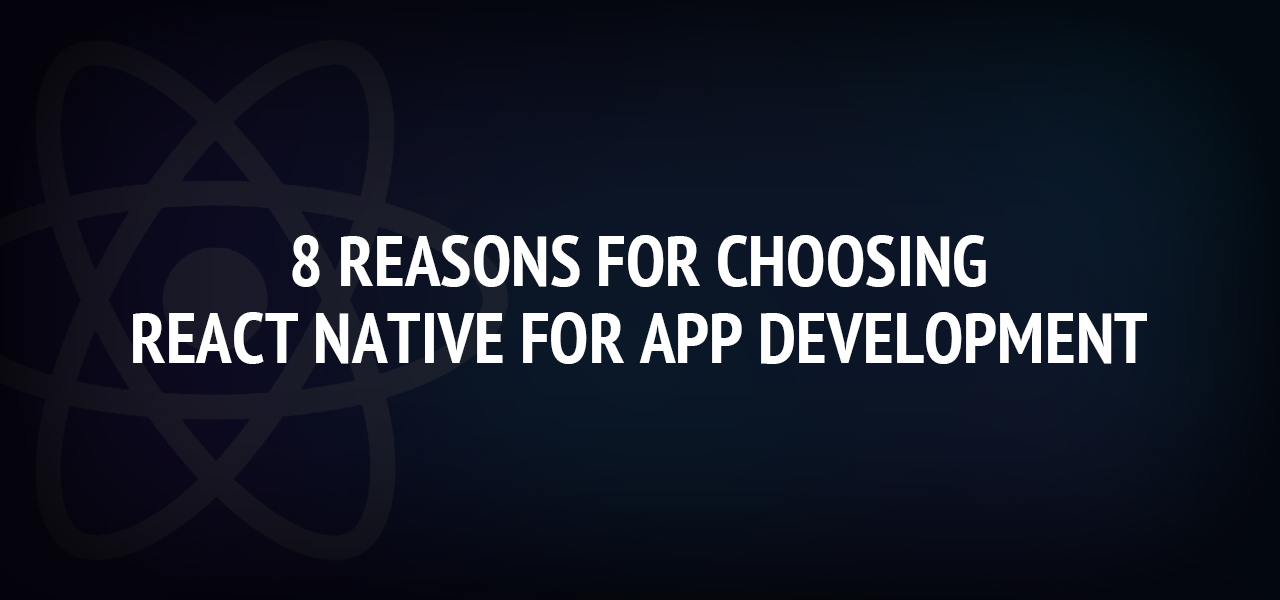How To Edit Videos Like A Pro

You have shot a music video or filmed a movie, and now it is time for the second half – the post-processing stage . Just like filming, you need to have a mix of both technical knowledge and creativity for editing videos.
Read on to find some helpful techniques, tips, and life hacks that will help you edit videos like a pro.
Editing Videos Like A Pro
1. Choose the Right Video Editing Tool
Before you start editing any video, the first step is to choose the right video editing tool for your work. A perfect video editor would offer everything you may need to perform video edits and their usability, features, and digital interface.
Look for video editing software that offers a caption or subtitle feature, which allows you to easily add subtitles to video in a variety of formats. Additionally, some video editing tools offer automatic transcription and subtitle generation, which can save you a lot of time and effort. So, be sure to choose a video editing tool that suits your needs . The key is to choose the one that suits your editing style, instead of simply being the latest editing program available.
2. Plan Your Edit
The next step is to prepare a proper plan that tells a story. Every story has a beginning, a middle, and an end. Plan the story and the way you are going to tell the story. In fact, you should complete this step even before you start shooting.
You should shoot the video after you create a script. However, if you did not, now is the time to come up with a plan. Plan your video for consistent use of transitions, colors, font, sound effects, and music cues.
What the finished video will look like should be clear in your mind before you begin editing.
3. Import Media
Media management is an essential part of professional editing. You must keep all your media well-organized and easy to find. While importing, note down the details of each element and how you can use them.
Professional productions keep a log of the shots during the shoot, so you can use that if available. Take note of the shots that you have marked as usable during production. Import only the files that you require and leave out the rest. Organize it by scene, type, or any other organization system that works for you.
4. Start with a Rough Edit
Organize the footage together to come up with a rough edit. Many non-linear editors (NLEs) are available that come with storyboard functions. This function makes round cuts easy and quick. Since it is non-linear, you do not need to edit the project in a particular sequence from start to end.
If you want to work on different sections separately, NLEs offer nested timelines for this purpose. Placing the scenes on your main timeline in the form of single media events will keep it efficient and tidy.
5. Edit for a Story
The goal of editing any video is to tell a good story. Once you finish the rough edit, you can go ahead, cut away the extraneous footage and arrange the clips in a fluid order.
This step is where you will make your videos aesthetically pleasing and compelling to watch. They must evoke the right emotions in the viewers and impart the intended message. Take the help of your technical and practical knowledge to achieve this goal.
You can follow the storyboard used for filming. However, in some cases, you may get the liberty to call the shots and make changes in the predetermined flow to tell the story in a better way.
6. Utilize Keyboard Shortcuts
Remember that most video editor programs allow you to use keyboard shortcuts for various editing functions. It is an excellent idea to memorize and customize different shortcuts for the program you are using. If possible, you can also buy an editing keyboard that comes with various shortcut icons on it.
7. Learn Important Terms
Video editors communicate with their clients and other technicians using technical terminology. Without knowledge, these terms can be hard to figure out. So it is a good idea to learn these early on. Some of the basic concepts include:
- Jump Cuts: Cutting away portions to remove predictable and boring moments to preserve visual interest.
- L Cut: Video preceding the audio.
- J Cut: Audio preceding the video.
- Montage: A sequence of clips showing the passage of time, used for character development or transformation.
- Cutting on Action: Cutting when the subject is moving to create a fluid scene and more interest.
- Cutaway: Adding transitions without the main subject to set the mood or display the surrounding environment.
- Match Cut: Cutting two visually similar scenes together.
These terms are a few examples of editing jargon. Carry out your own research and learn the words you may have to use most often.
8. Color Correction
Color is one of the most critical design elements, which you can manipulate to highlight the subjects, set the mood of the scene, or evoke specific emotions. The good thing is that most video editors today come with tons of options for color editing.
Color correction helps ensure that the color of the footage is consistent throughout the movie. You can also use color grading to give a different look to the film or certain scenes. Both these options are essential when you want to make the scene look highly realistic.
9. Add Appropriate Music
Editing video is not just about visuals; it is also about the accompanying music. For example, if you are making a drama film, you want to add the right music or songs in the key moments to trigger certain emotions.
On the other hand, cheerful comedies can be quite forgiving and do with upbeat songs. However, before you start using any music, make sure that all your music is royalty-free . Music is a part of the production budget if you are working on a professional project.
10. Add Graphics and Text
Depending on the type of video or film, you may have to add text such as film credits, opening and closing billboards for broadcasting, and much more. The best way to go is to keep it clean and simple by using white sans-serif font. Let it dissolve in and out.
Figure out what effect works best for your particular movie. However, if your film requires flashy graphics, you can create these graphics using the video editor itself.
11. Export Web Versions
Most editors tend to export once the video is edited and ready for export at the highest resolution possible. If you are going to play your video on ultra HD screens and cinema, that is definitely the way to go.
However, in today’s world, when many videos are marketed online and on various social media, you may also require smaller, high-quality videos to ensure quick playback. Hence, while you are exporting a video for the web, make sure that the video has high quality, but the file size is smaller for online viewing.
Final Thoughts
Use the tips mentioned above to edit your videos and give them a professional look without spending thousands on professional editing. By following these techniques, you can learn to edit all your videos like a pro.
About The Author
Related Blog
View All-
What is leasing
What is leasing and how does it work Leasing is a financial solution for businesses and individuals; a service with which you can take a long-term lease of property with the possibility of its further redemption. It looks like both a rent and an analogue of a ...
-
8 reasons for choosing React Native for app development
The modern age of technology has made one thing clear; everything is going to be fast! Be it games, screen refresh, or the users’ browning experience. Everything has to be quick, or else users will find an alternate provider for meeting their needs! In such ...







